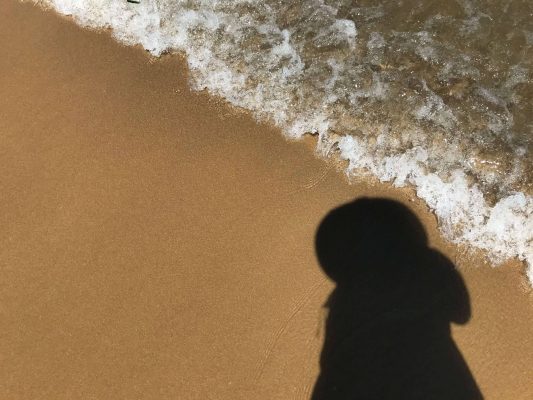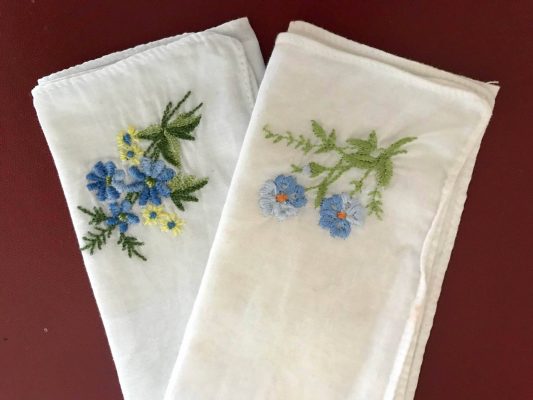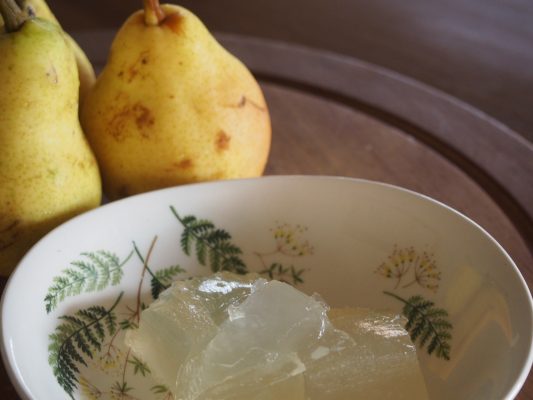Consumption, Care, In the Home, People Health & Wellbeing, Plastics
Embrace Curly Hair for a Good Hair Day Every Day
For too long, I’ve been seeking a positive curly hair experience. So it was an absolute revelation when I discovered the right hairdresser and more natural product ingredients to embrace my curly hair for a good hair day every day.
From Kinky Fringe to Wavy Hair
I didn’t always have curly hair. This photo is me in 1986, heading into high school, Year 7.
My hair is unbelievably straight in the photo, and not by a hairdryer or straightener. Not sure if straighteners were even available in the mid eighties!
Only two years later in 1988, now an Eighties teen, getting a perm was fashionable. A trend I could easily follow. After a while, the perm is supposed to drop and lose its curl, similar to colouring your hair.
However my perm showed real value for money until it dawned on me that perhaps this curliness was my forever hairdo. The perm just coincided with teenage hormones and a genetically predisposed curly-ish hair family.
I’m on the left in this photo with newly permed hair partially tied up with a black scrunchie.
Long after the Eighties curly-hairdo trend, hairdressers continued loving my hair – I bought every product deemed suitable for curly hair, and I scrunched, gelled, moussed, teased, shampooed, conditioned, & spritzed.
But my hair never looked amazing like the products promised, and my hair was either crunchy, greasy, dull or frizzy. The Eighties hair pimping couldn’t last forever. I needed a more natural solution to stop having curly, bad hair days.
My Two Defining Curly Girl Moments
- Reading the Curly Girl The Handbook – My book of curly hair enlightenment on how the actual ingredients in “suitable for curly hair” greenwashing products made my hair unmanageable. These end up being far from curly hair worthy. This product ingredient knowledge strengthened as I delved more into low tox living a couple of years later.
- Switching to my local suburban hairdresser – The key differences are a hairdresser who understands curly hair, isn’t compelled to straighten my hair, doesn’t upsell unsuitable products and uses only the foundational tools and techniques for cutting hair.
Linking with Being Sustainable
Accepting your curly hair is aligned with living a more sustainable lifestyle with eco-friendly bathroom and haircare solutions. Here’s how:
- Simplified product range
- Reduce products that are heavily reliant on petroleum-based, synthetic and harmful ingredients.
- Eliminate hair accessories and tools – no need for hair straighteners, curling wands, unnecessary products, and even combs!
- More time for loving everyday living xx
Avoid these Frizz-Inducing Ingredients
Choosing the right product ingredients is the game-changer for curly-hair folk. Avoid the following ingredients and their similar synthetic-chemical cousins.
- Sulphates/ Sulfates: Sulphates strip the hair of lubrication and cause the hair cuticles to stand straight up. Sodium Lauryl Sulphate (SLS) and Sodium Laureth Sulphate (SLES) are often the second ingredients in mainstream, big-brand hair shampoos.
- Silicone is a synthetic material and can make your hair feel slick to “lock in” the moisture; however, curly hair is naturally drier, which means silicone prevents moisture absorption. Silicone is an active ingredient in many conditioners and shining products.
- Drying Alcohols help the product to spread evenly throughout the hair and evaporate quickly, but it’s very drying to curly hair. Ethanol alcohol, ethyl alcohol & propanol alcohol are examples of drying alcohols to avoid.
On every curly-haired baby’s head should be a care label reading: Delicate. No Harsh shampoos. No machine drying. Air Dry Only. Never Iron
This quote is from the Curly Girl Handbook and succinctly sums up how we need to take care of curly hair from the start. For more information about which ingredients to avoid for curly hair, head over to Clever Curl Australia.
There are excellent product alternatives for curly hair – look out for established brands like Clever Curls, Ethique shampoo bars, Moogoo and your local soap/ shampoo maker.
Top Tips for Healthy Curly Hair
- Find a hairdresser who understands the uniqueness of curly hair. Not every curly hair person has the same kinda curls – there’s huge diversity in curls.
- Minimise or avoid hair colour as this damages curls
- Be an educated curly hair consumer – read the product ingredient labels and choose products that are genuinely suitable for curly hair. Don’t rely on the marketing labels listed on the front.
- Emollients (hair softeners) best for curly hair include shea butter, vege and olive oils, walnut oil, and jojoba oil.
- Humectants help absorb water from the air & hang on to it, including panthenol, vegetable glycerin and sorbitol.
- Curly hair moisturiser adds softness and control, such as aloe vera and olive oil.
- Being sulphate-free will soften and protect your curls.
- Use an old cotton t-shirt (or anything smooth and absorbent) to blot your hair.
Tried and tested
Tested by me, the following products suit my curly hair:
- Honeybee House Skin Co shampoo bar – good shampoo for curly hair
- Ethique shampoo bar available from Biome
- Jojoba oil for dry-patch remedies – best oil for curly hair like mine. Read what types of oils are suitable for your curly hair at naturallycurly.com
- Curly Hair Cream, such as Clever Curls
I haven’t tried the following products, but the ingredients look suitable for curly hair types:
Some links in this post are affiliate links. If you choose to make a purchase I may receive a commission.
Embrace the Curl
My curly hair has guided my philosophy of living sustainably every day – to go with the flow and embrace imperfectness! So embrace your curls, look after them with an eco-heart and feel more relaxed about keeping them in good condition for significantly hair-happy and planet-happy long-term benefits.
Discover More…
- Read about Mell from Honeybee House Skin Co who handcrafts low tox, handcrafted soaps for a plastic free bathroom.
- A book list to to inspire you to make the switch to plastic-free living
- Slow Skin Co – a local beauty salon that’s treading lightly in the beauty sector.
Stories, News & Voices
Sharing stories that strengthen our commitment to nature, community, and a healthier planet.




























